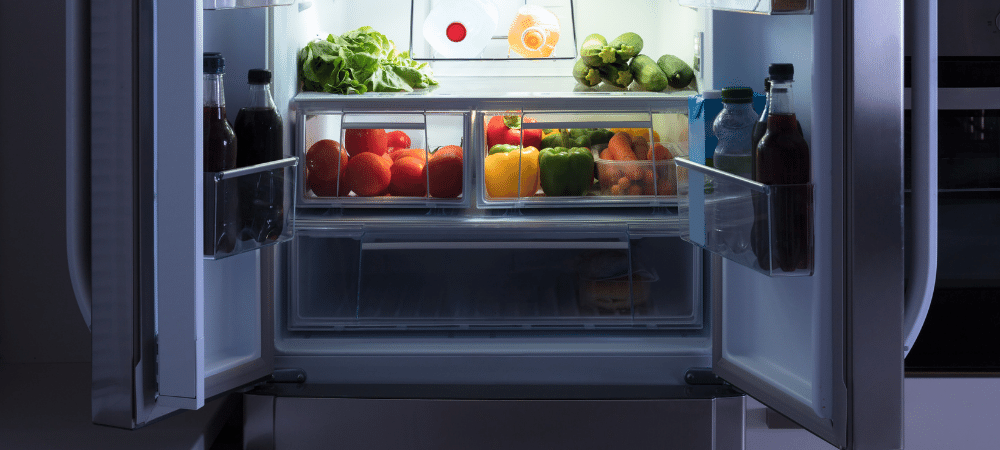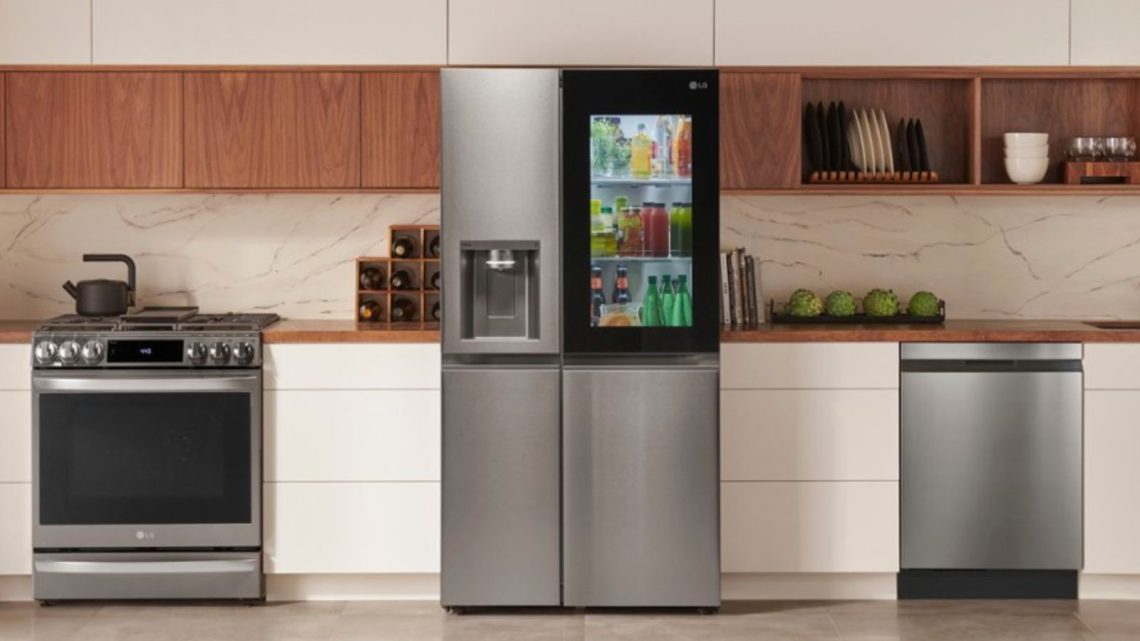If you’re looking to buy a new refrigerator or move an existing one, an important consideration is the weight. The size, type, and build quality of different refrigerators leads to a wide range of weights. Understanding typical refrigerator weights by category and size will help you avoid delivery, installation, and moving issues down the line. In this comprehensive guide, we’ll break down the factors that determine fridge weight and provide averages you can use to estimate for your needs.
Key Factors That Determine Refrigerator Weight

Before looking at typical weights for refrigerators, it’s helpful to understand what aspects impact the weight:
Size and Configuration
- Larger units require more materials, increasing weight
- Standard top/bottom freezer vs. side-by-side
Build Quality and Materials
- Type of metals, plastics, insulation used
- Sturdiness and thickness of shelving/walls
Features and Add-Ons
- Through-door water/ice dispensers add weight
- Glass or specialized shelving is heavier
Keeping these factors in mind, let’s explore the categories of refrigerators and average weight ranges.
Weight Ranges by Refrigerator Type

Here is an overview of common refrigerator configurations with associated weight ranges:
| Refrigerator Type | Typical Size Range | Average Weight Range |
|---|---|---|
| Top or Bottom Freezer | 10 – 30 cubic feet | 100 to 300 lbs |
| Side-by-Side | 25 – 35 cubic feet | 325 to 475 lbs |
| Compact “Cube” Fridges | 1 – 5 cubic feet | 15 to 60 lbs |
| Dorm/Mini Fridges | Less than 4 cubic feet | 25 to 75 lbs |
| Built-In or Integrated | 15 – 30+ cubic feet | 200 to 550 lbs |
| Commercial (restaurant, etc.) | 35+ cubic feet | 600+ lbs |
As you can see, standard free-standing units for home use tend to range between 100-500 lbs depending on configuration and size. Commercial grade refrigerators are the heaviest while mini fridges and compact cubes are obviously much lighter.
Let’s explore the typical weight ranges in more detail

Standard Top and Bottom Freezer Refrigerators
The most common household refrigerator style falls in the top/bottom freezer category. Units range from modest 10 cubic foot models to large 30 cubic foot appliances. Factors like build quality, shelving, and hardware contribute to the weight distribution:
- Basic 10 cubic foot unit – 100 to 150 lbs
- Medium 17 cubic foot unit – 175 to 225 lbs
- Large 25 cubic foot unit – 250 to 300 lbs
These weights represent averages but can increase with higher-end models depending on materials used.
Side-by-Side Refrigerators
Side-by-side refrigerators combine fresh food and freezer compartments next to each other. With larger overall capacities around 30 cubic feet, increased insulation, and dual compartments, these units weigh substantially more:
- Standard 25 cubic foot model – 325 to 400 lbs
- Larger 35 cubic foot model – 450 to 475 lbs
These refrigerators require two people for delivery and installation given the awkward size and heavier weights.
Built-in and Integrated Refrigerators
Custom built-in and integrated refrigerators designed for cabinetry have rugged commercial grade construction. Extra insulation, durable hinges/locks/seals, and thicker exterior materials add weight:
- Compact built-in unit under 20 cubic feet – 200 to 300 lbs
- Standard built-in around 25 cubic feet – 375 to 450 lbs
- Large built-in unit over 30 cubic feet – 500+ lbs
The specialized nature of these refrigerators leads to higher weights than comparable free-standing models.
Commercial Refrigerators and Freezers
Commercial grade units for restaurants, cafeterias, break rooms, bars and other businesses feature the most robust build quality and largest capacities:
- Small reach-in under 30 cubic feet – 400 to 600 lbs
- Standard reach-in around 35 cubic feet – 650 to 800 lbs
- Large reach-in over 50 cubic feet – 900+ lbs
These ultra-durable refrigerators often require reinforced floors and strong delivery personnel to handle and install due to extreme size and weight.
Ways to Estimate Refrigerator Weight
If trying to calculate the weight of a refrigerator you already own or are looking purchase, here are some tips:
- Check manufacturer product specs for listed weight range
- Note size, configuration, and build quality/materials used
- Add 20-30% if unit has dispenser, glass shelving, etc.
- Use floor scale at home improvement store for existing fridge
- Contact retailer if questions on a model weight
Getting an accurate weight estimate ensures you select appropriate delivery and avoid potential floor damage or installation issues.
Factors That Determine Weight Capacity Needs
When selecting a refrigerator, beyond just the appliance weight, consider:
- Floor material/construction where unit is located
- Pathways to move fridge in and out of home
- External wall material if placing built-in unit
- Overall floor space and layout
- Who will be available to assist movers
Consider all structural and spatial factors, not just refrigerator weight by itself.
Conclusion
With refrigerator weights ranging from as light as 25 pounds for a mini fridge to over 700 pounds for a commercial unit, understanding typical weights by category is crucial for transport, delivery, and installation. Carefully evaluate the size, build quality, and added features when estimating the weight for any refrigerator.
Consider all structural and construction factors in your home as well to ensure adequate support capacity exists. If ever unsure about specifications or requirements, consult with sales staff and refrigerator specialists during the buying process to get definitive answers about capacities, clearances, floor loading, and more based on the exact model selected. Making informed choices when purchasing and moving refrigerators saves time, money, and headaches down the road.